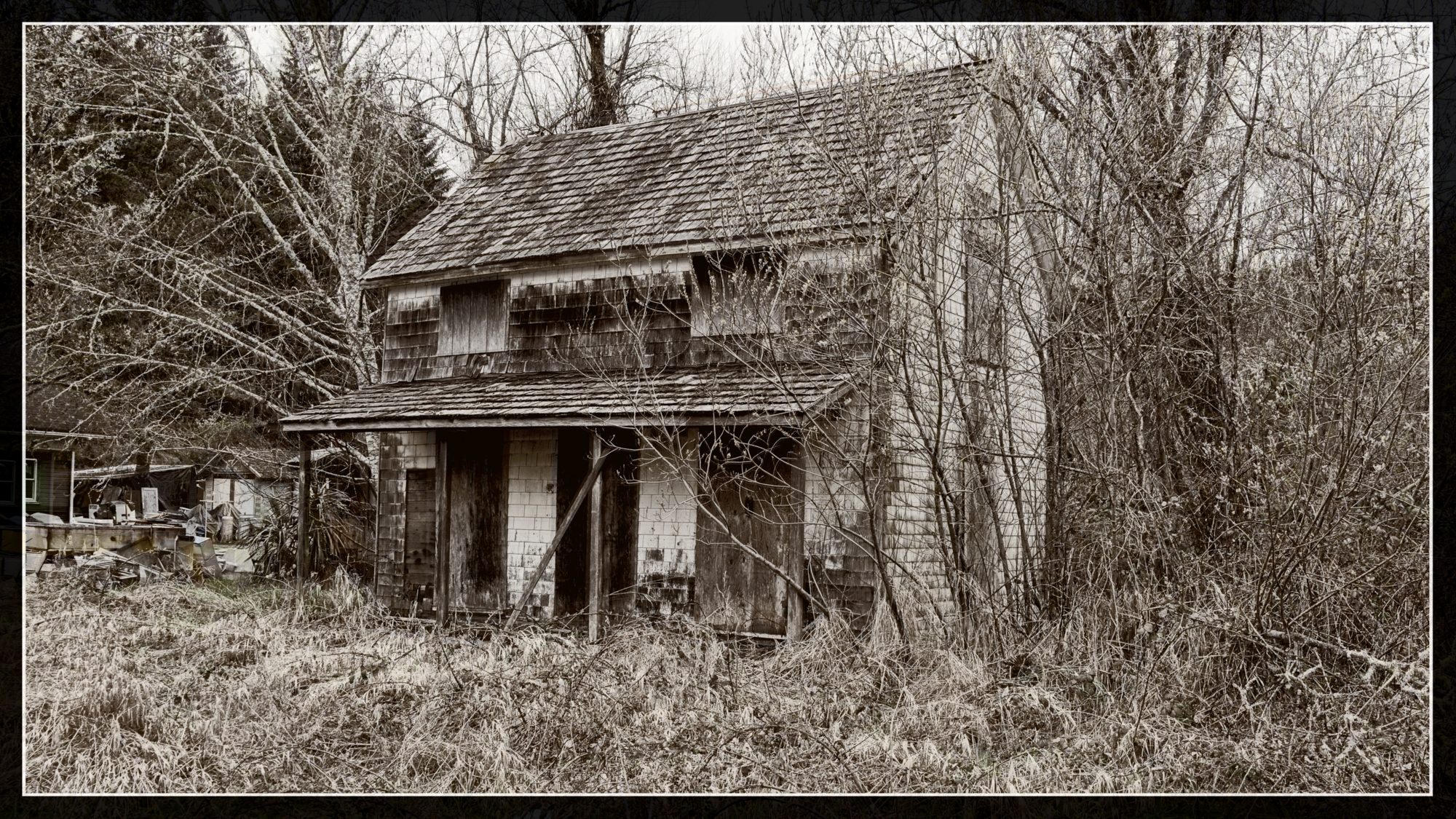
House Decay
This blog is designed to elicit contributions from readers as it pertains to selecting Closed-End-Funds (CEFs) for portfolio construction. Hedgehunter has already compiled a list of CEFs and these securities can be found in the Hawking portfolio. I started a list which can be found in the Kepler portfolio. I plan to screen both lists based on the criteria laid out below. I know the CEFs in the Kepler need some revisions.
One important reference when developing a CEF oriented portfolio is Steven Bavaria’s book, The Income Factory. If you plan to construct a portfolio using CEFs, I highly recommend reading Bavaria’s book.
To begin the discussion I will describe a few criteria I consider important when it comes to selecting CEFs for inclusion in a portfolio. Numbers 1 and 2 are fundamental in my opinion.
- Percentage of income. This data can be found by going to this link. GLQ happens to be the CEF I selected for this link. In general, I am looking for CEFs that throw off a dividend of 8.0% or higher. In general I prefer the total portfolio generate at least an income of 10.0%. I am not necessarily chasing after the highest dividend as there is likely to be some associated risk when the dividend becomes too high. When this blog was written, GLQ was generating a dividend of 10.79% so it is definitely a candidate for portfolio inclusion.
- Discount rate. Look for CEFs with a negative discount rate. In other words, the CEF is priced below its net asset value. GLQ currently comes in with a discount rate of -12.53%. Again, GLQ qualifies for inclusion in a CEF oriented portfolio.
- Now we move into “less well defined” areas of analysis. I am looking at the Effective Leverage percentage. If I understand correctly, a CEF can borrow up to 50% of the amount of its existing equity. If a fund can borrow at 4% and invest in a high-yield bond at 8% the spread is 4%. Therefore, when looking for CEFs we are most likely checking out securities that are leveraged at 20% to perhaps as high as 40%. GLQ fits into this range.
- The next screen requires a Schwab account or access to Morningstar. GLQ has no Morningstar rating, but it does have a Market Edge (ME) rating of C. The ME recommendation is to Hold, but not add to existing position. If one is building a new portfolio, GLQ would not be included if one pays attention to the Market Edge rating system.
For comparison with GLQ I looked up Special Opportunities (SPE). The dividend it 8.48% so it just passes my minimum requirement. The Discount Rate is -8.98% so it passes the second screen. The leverage is an acceptable 23.65% and it has a 4* rating from Morningstar.
What I would like to do is maintain a stable of 30 to 40 CEFs and from that list build a portfolio that includes a maximum of 25 CEFs. Twenty (20) is also an acceptable number where each CEF occupies 5% of the portfolio. A portfolio of 20 CEFs should moderate the risk sufficiently.
Suggestion: When you make CEF recommendations, keep the number to five or fewer so I can deal with a manageable number. I will enter the CEF in my spreadsheet and rank the CEF with others already in the spreadsheet. Those with the lowest rank will be purged from the spreadsheet so the list contains only the highest ranked securities on a rotating basis. I plan to use the Kepler as the group portfolio since it is already holding CEFs and has a record that needs improvement.
The ball is now in the hands of interested readers so begin to post your recommendations in the Comment section provided below.
Discover more from ITA Wealth Management
Subscribe to get the latest posts sent to your email.
I forgot to mention that readers should include CEFs in their recommendations even if they are already included in either the Hawking or Kepler portfolios. Bring your recommendations to my attention and I will update the rankings.
I am still working on the relative ranking system.
Lowell